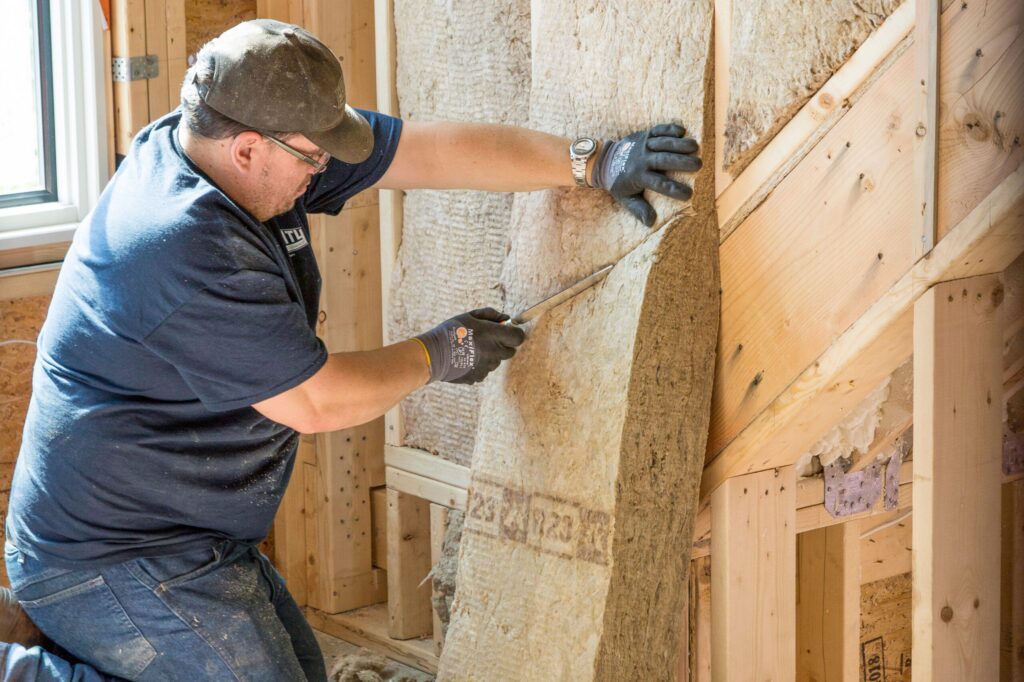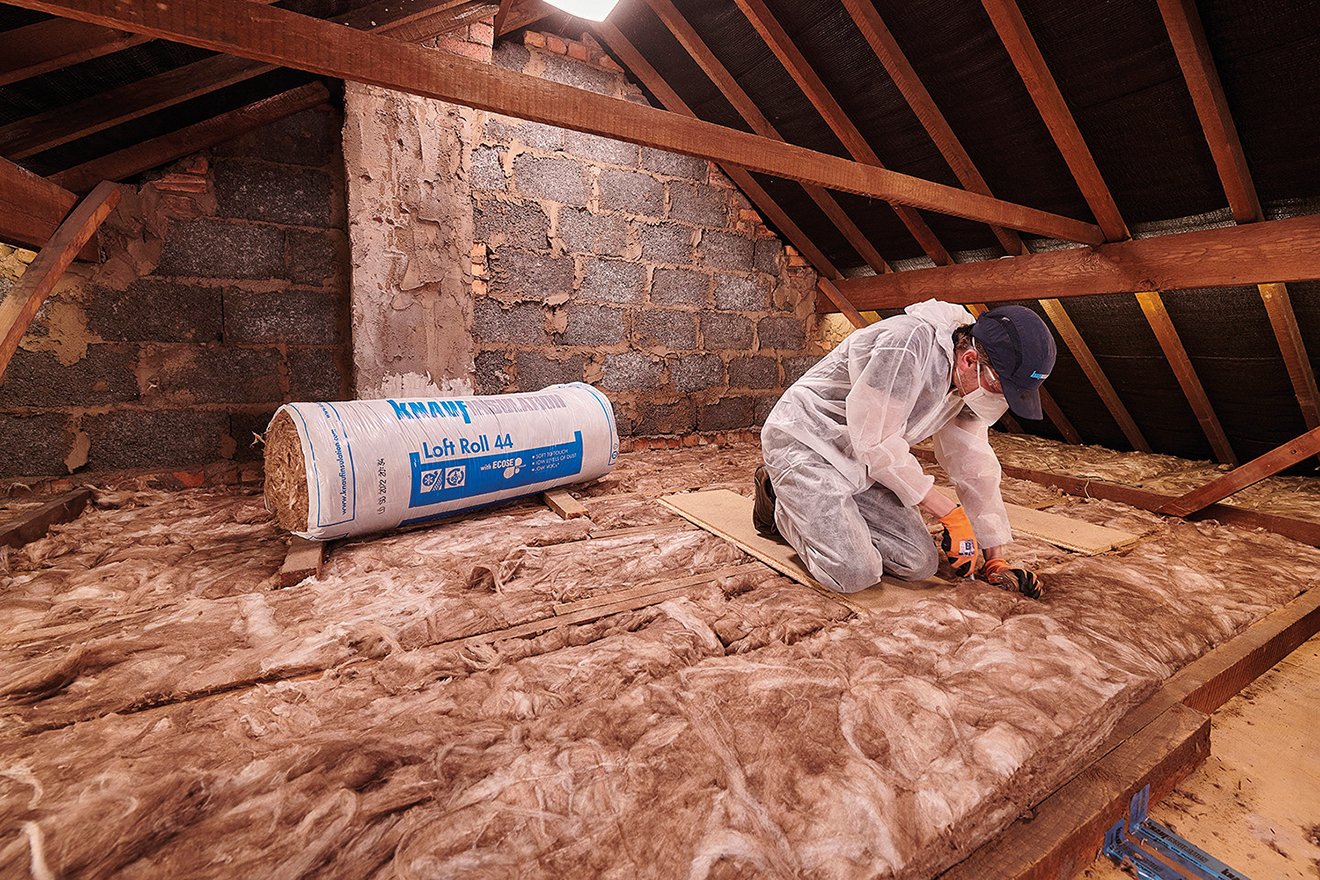Cavity wall insulation boosts your home’s energy efficiency by filling the gap between exterior walls, reducing heat transfer. You’ll notice warmer winters and cooler summers as insulation maintains a stable indoor temperature. By minimizing drafts and air infiltration, it also reduces the strain on your heating and cooling systems. This leads to lower energy bills and a smaller carbon footprint. You can choose from materials like mineral wool, polystyrene beads, or polyurethane foam, each enhancing thermal performance. If you’re excited about more benefits and the installation process, there’s plenty more information available for you
Understanding Cavity Wall Insulation
Cavity wall insulation Glasgow involves filling the gap between the two layers of exterior walling to improve a building’s energy efficiency.
When you think about insulation materials, you’re looking at options like mineral wool, polystyrene beads, or polyurethane foam. Each of these materials has its own unique thermal properties, which determine how effectively it can keep your home warm in the winter and cool in the summer.
You’ll find that mineral wool, for example, is excellent at trapping heat due to its fibrous structure. Polystyrene beads, on the other hand, are lightweight and can be blown into the cavity, making them a versatile option. Polyurethane foam expands to fill gaps completely, ensuring no cold spots are left in the wall.
Understanding these thermal properties is key. Efficient insulation materials will reduce the rate at which heat moves through your walls, maintaining a more stable indoor temperature. This means your heating and cooling systems won’t have to work as hard, saving you energy and money.
How It Reduces Heat Loss
Insulation greatly reduces heat loss by creating a barrier that slows down the transfer of heat through your walls.
When you install cavity wall insulation, it fills the gap between the inner and outer walls, which markedly cuts down on thermal bridging. Thermal bridging occurs when heat escapes through more conductive materials in your walls, like metal or wood, bypassing the insulation. By filling the cavity, the insulation reduces these weak points, ensuring less heat escapes your home.
Another way that cavity wall insulation reduces heat loss is by minimizing air infiltration. Air infiltration happens when drafts or small gaps allow cold air to enter and warm air to escape.
This can make your home feel chilly and force your heating system to work harder. Insulating your cavity walls helps seal these gaps, preventing drafts and keeping the warm air inside.
Benefits for Energy Efficiency
By effectively reducing heat loss and minimizing air infiltration, installing cavity wall insulation greatly boosts your home’s energy efficiency. When you improve the thermal performance of your home, it means your living space maintains a more consistent temperature. This results in less energy being required to heat or cool your home, leading to a more efficient use of your heating and cooling systems.
Moreover, cavity wall insulation also has a positive environmental impact. By using less energy, you’re not only cutting down on utility usage but also reducing your carbon footprint. Lower energy consumption means fewer greenhouse gases are emitted from power plants, contributing to a healthier planet.
Another benefit is the enhanced comfort you’ll experience indoors. With better thermal performance, rooms stay warmer in the winter and cooler in the summer, creating a more comfortable living environment for you and your family. Reduced drafts and cold spots also contribute to a cozier home.
Cost Savings on Energy Bills
To conclude, cavity wall insulation can result in significant reductions in your energy bills. By filling the gaps between your walls, the insulation minimizes heat loss, ensuring your home stays warmer in the winter and cooler in the summer. This efficient temperature regulation means your heating and cooling systems won’t have to work as hard, leading to substantial energy savings.
You’ll notice a cost reduction almost immediately. With less energy needed to maintain comfortable indoor temperatures, your monthly utility bills will drop. Over time, these savings can add up substantially, putting more money back in your pocket. In fact, many homeowners find that the initial investment in cavity wall insulation pays for itself within a few years due to the accumulated energy savings.

Moreover, reducing your energy consumption isn’t just good for your wallet; it’s also great for the environment. Lower energy use means a smaller carbon footprint, contributing to a more sustainable future. So, by insulating your walls, you’re not only cutting costs but also making an eco-friendly choice.
Installation Process
To get started with the installation process, you’ll first need to assess whether your home is suitable for cavity wall insulation. Check if your walls have a cavity and aren’t solid. If you’re unsure, consult a professional.
Next, you should choose the materials used for insulation. Common options include mineral wool, polystyrene beads, and polyurethane foam.
Here’s a step-by-step guide to help you visualize the installation process:
- Assessment: A technician evaluates your walls to confirm they’ve a suitable cavity.
- Drilling Holes: Small holes are drilled into the exterior walls to create access points for the insulation material.
- Injecting Insulation: The chosen materials are injected into the cavity through these holes, filling the space effectively.
- Sealing and Cleaning: The holes are then sealed, and any debris is cleaned up, leaving your home looking as it did before.
The installation duration typically ranges from two to four hours, depending on the size of your home and the materials used.
